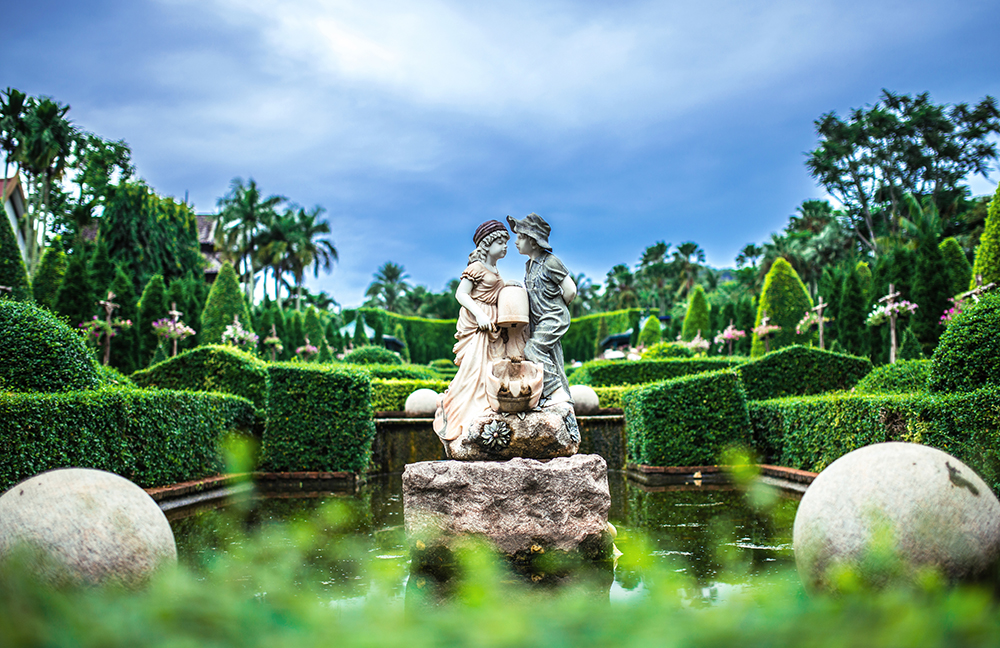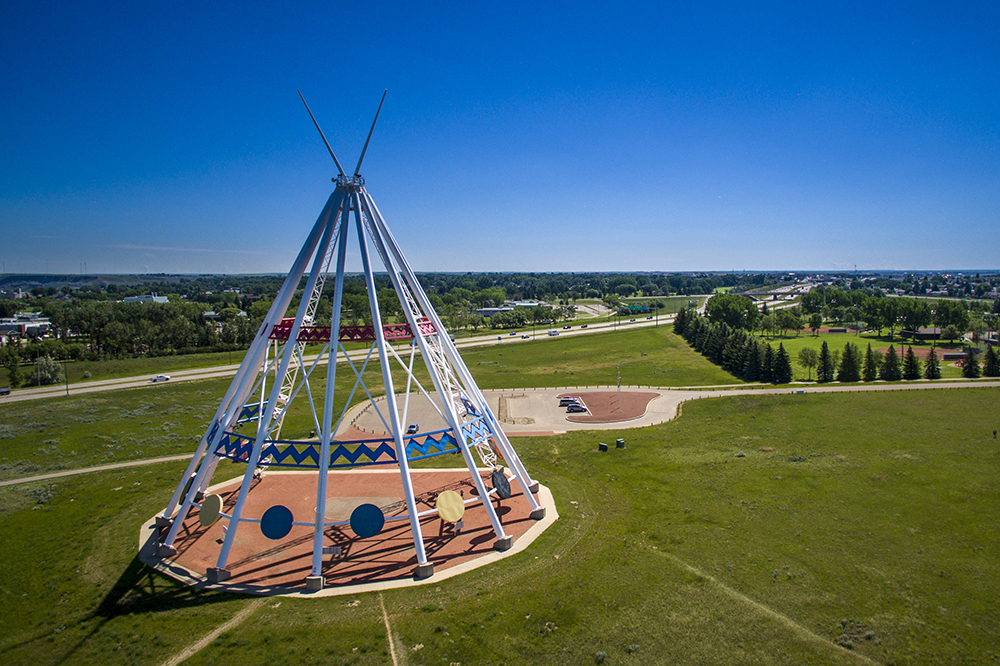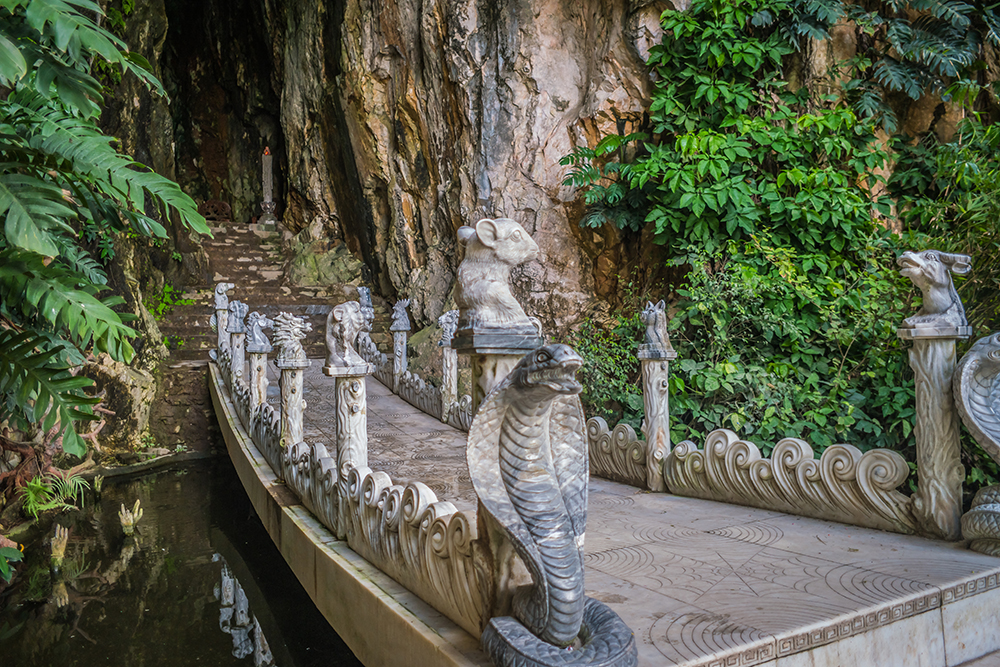The Chauvin Sculpture Garden at Nicholls State University is as unique as the artist who created it. Where little is known about artist Kenny Hill, one thing is certain: he was a man who had a unique vision and an incredible ability to execute it.
In 1988 Hill, who was a bricklayer by trade, purchased a piece of property located on the bayou in Chauvin, Louisiana. The town was home to less than 3,500 residents and Hill quickly became known for his quirkiness. Upon acquiring the property, he pitched a tent as his residence which he used as his main residence for a number of years. Over time, he constructed a small home for himself. The construction was the first sign of his ability to create unique and interesting works of art. The attention to detail for his abode became a topic of discussion for those who were fortunate to see it.
Somewhere around 1990, Hill began to create magnificent sculptures on his property. Nearly a decade passed as he created over 100 concrete sculptures. These works of art quickly overtook the small plot of land. With a mixture of religious and Biblical references, each piece seemingly represented a tormented soul. Themes vary, from mother and child to individuals being lifted by angels. There are angels who appear to welcome souls in and some who seemingly forbid entrance.
One of the most significant pieces is a 45-foot-tall lighthouse constructed of more than 7,000 bricks. The exterior of the construction features soldiers, angels, white figures, black figures, and one that appears to be God, all clamoring for space and clinging to one another.
When asked about his artwork Hill would tell others that he created the works for himself alone. That he did not have an intent for it to be for public consumption. Though he did not work to keep others from the art, he often turned down requests for interviews or for the pieces to be photographed and publicized.
Somewhere around the year 2000, Hill left the property. There is much speculation about why he left and no one seems to have a definitive reason for why he did. Local lore is that he turned his back on the religion that had dominated his life for so long and therefore left the work behind. It is known, however, that the parish evicted him from the property for not maintaining it properly. The site was then gifted to the Nicholls State University, who opened it to the public for viewing.
To learn more about the site go to kohlerfoundation.org or nicholls.edu.


 Unique Tourist Attractions in the U.S.
Unique Tourist Attractions in the U.S.